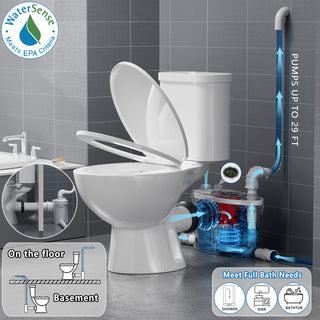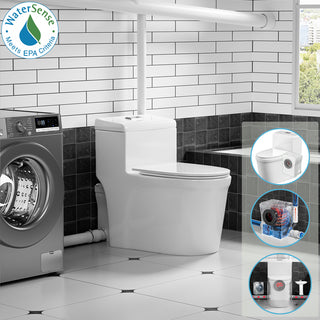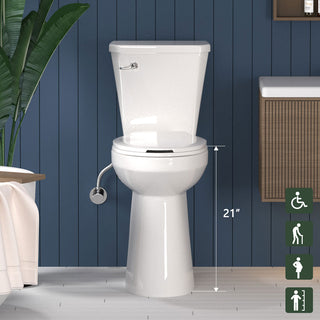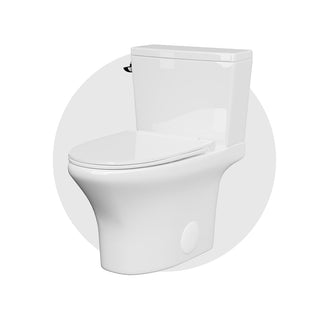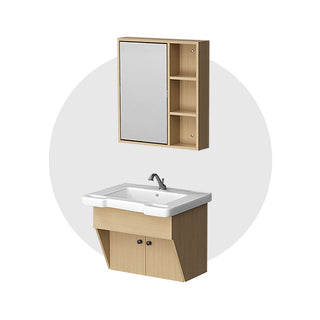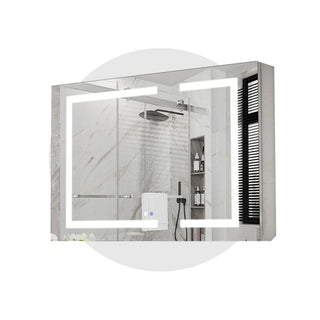Macerating (or upflush) toilets have become an increasingly popular solution for basement bathrooms, remodels, and places where traditional gravity drainage isn’t feasible. Since these toilets rely on an electric-powered macerator pump to discharge waste, many homeowners wonder: do macerating toilets need their own electrical circuit?
Let’s break down the actual power requirements, when a dedicated circuit might be necessary, and what U.S. electrical code says about safely connecting an upflush toilet.
Power Requirements of a Macerating Toilet
Most modern macerating toilets, including our 600W model, run on 110–120V / 60Hz household voltage and come with a pre-attached plug for quick installation.
Using the basic electrical formula:
Power (W) = Voltage (V) × Current (A)
→ 600W ÷ 110V ≈ 5.45 Amps
That means the macerating unit draws around 5.45 amps during operation, which is relatively low and well within the capacity of standard U.S. bathroom circuits.
Does a Macerating Toilet Need a Dedicated Circuit?
In most cases, no. A 5.45-amp device can safely share a standard 15-amp or 20-amp GFCI-protected bathroom circuit, provided the overall circuit load stays within safe limits.
However, it's important to:
- Ensure the circuit is not already heavily loaded with devices like heaters, hairdryers, or high-wattage lighting
- Avoid plugging the toilet into power strips or non-GFCI outlets
- Check for consistent voltage to avoid performance issues
✅ Bottom line: If your bathroom circuit has capacity and includes a GFCI outlet, your macerating toilet does not need to be on its own circuit.
When Should You Consider a Dedicated Circuit?
While not mandatory, a dedicated circuit may be a smart choice in these situations:
- The bathroom already includes several high-wattage appliances
- The electrical panel or branch wiring is old or under capacity
- You’re installing multiple pump-based fixtures (e.g., macerator + gray water pump)
- You want to isolate the toilet for safety, future upgrades, or troubleshooting ease
Consulting a licensed electrician can help determine whether your current setup is sufficient or if an extra circuit is warranted.
What Does Electrical Code Require?
According to the U.S. National Electrical Code (NEC):
- All bathroom outlets must be GFCI-protected
- Dedicated circuits are not required for low-amp devices like macerating toilets
- Local jurisdictions may apply stricter rules, especially in commercial or multifamily buildings
TIP: In the UK or other countries, macerator installations might require permits or adherence to “building regs.” Always consult local regulations.
Summary: Safe, Simple, and Code-Compliant
Installing a macerating toilet doesn’t require complex electrical work. Our upflush toilet systems are designed for straightforward connection to a standard 110-120V GFCI outlet.
🔌 Draws around 4.55-6.82 amps(500W-750W) — safe for shared circuits
🛠️ No dedicated line needed unless space is already electrically loaded
✅ GFCI outlet is a must
💬 When in doubt, get a qualified electrician’s input
With the right setup, powering your macerating toilet is just as easy as plugging in a coffee maker—minus the mess.


